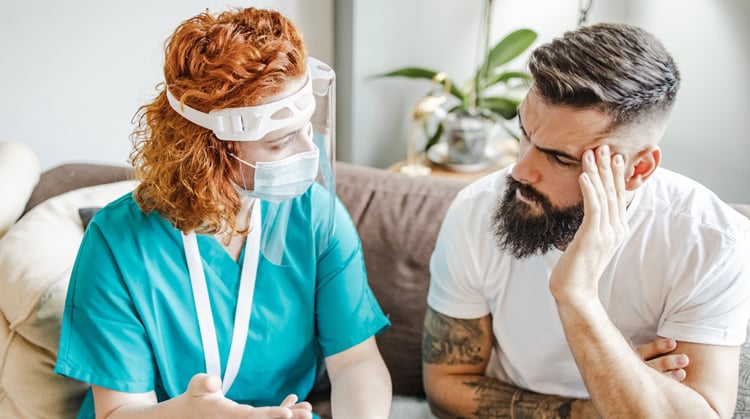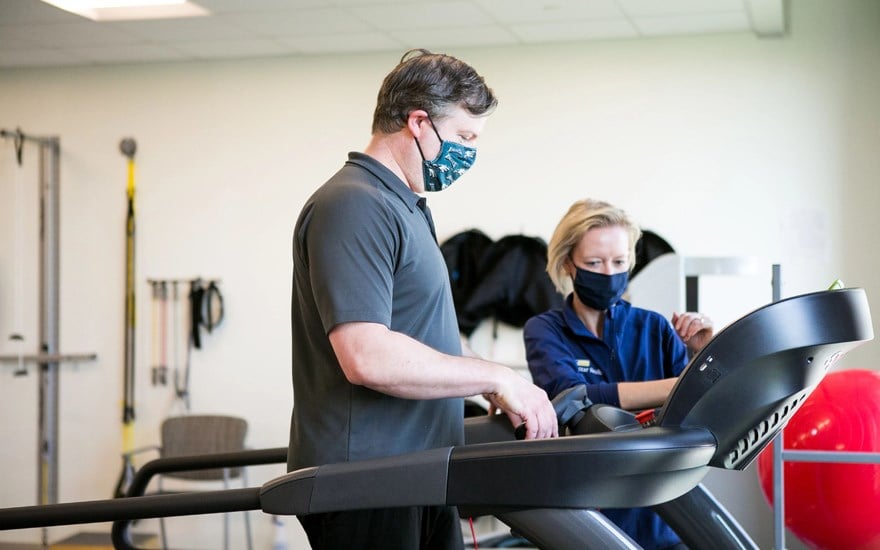
Most people fully recover from COVID-19. For some though, symptoms of the disease may linger for many weeks or months.
These people have been called COVID "long-haulers." This has led to the term "long COVID." Researchers estimate that nearly 1 in 5 adults who've had COVID-19 become long haulers, experiencing new or lingering symptoms that last three or more months after first contracting the virus.
As research continues, the condition is now being called PASC, which stands for Post-Acute Sequelae of SARS-CoV-2.
Let’s break that down:
- Acute care is critical treatment for an illness or condition. "Post-acute" refers to the phase after that. It includes when someone returns home after being cared for in a hospital or rehab center.
- Sequelae are the side effects or consequences of a previous disease or injury.
- SARS-CoV-2 is the virus that causes COVID-19.
In simple terms, PASC refers to the lasting symptoms of COVID-19 that "long-haulers" face. Long COVID is unpredictable, and research is evolving. Symptoms, and their severity, vary from person to person.
The most common lasting symptoms include but are not limited to:
- Fatigue or weakness.
- Body aches.
- Shortness of breath.
- Trouble concentrating.
- Headache.
- Muscle or joint pain.
- Poor endurance or no ability to exercise.
- Sleep problems.
- Gastrointestinal symptoms.
- Anxiety or depression.
- Fast or pounding heartbeat.
- Brain fog or memory issues.
Another symptom called post-exertional malaise has been reported in patient surveys. PEM is the worsening of symptoms after physical or mental activities. A person's ability will often vary. An activity a person easily tolerates one day may worsen symptoms the next. A physical therapist can closely monitor a person's responses to exercise to ensure treatment is not causing PEM or making symptoms worse.
Adding additional physical activity is considered safe when symptoms are managed for a person's energy level during and after exertion.
If you have symptoms of long COVID, contact your primary care doctor. Long COVID may include other health complications that require labs, tests, or imaging before referral to a physical therapist for evaluation and treatment specific to your condition. Note: Exercise may not be appropriate for everyone living with long COVID.
Physical therapists and physical therapist assistants can help COVID-19 long-haulers by treating the effects of PASC. Movement is essential to your recovery. Your physical therapist may recommend activities that people with long COVID can do at home, including:
- Low-intensity stretches to improve range of motion.
- Strengthening exercises.
- Balance training.
The goal of physical therapy is to improve your strength, stamina, and quality of life through prescribed movement.
You can contact a physical therapist directly for an evaluation. To find a physical therapist in your area, visit Find a PT.


